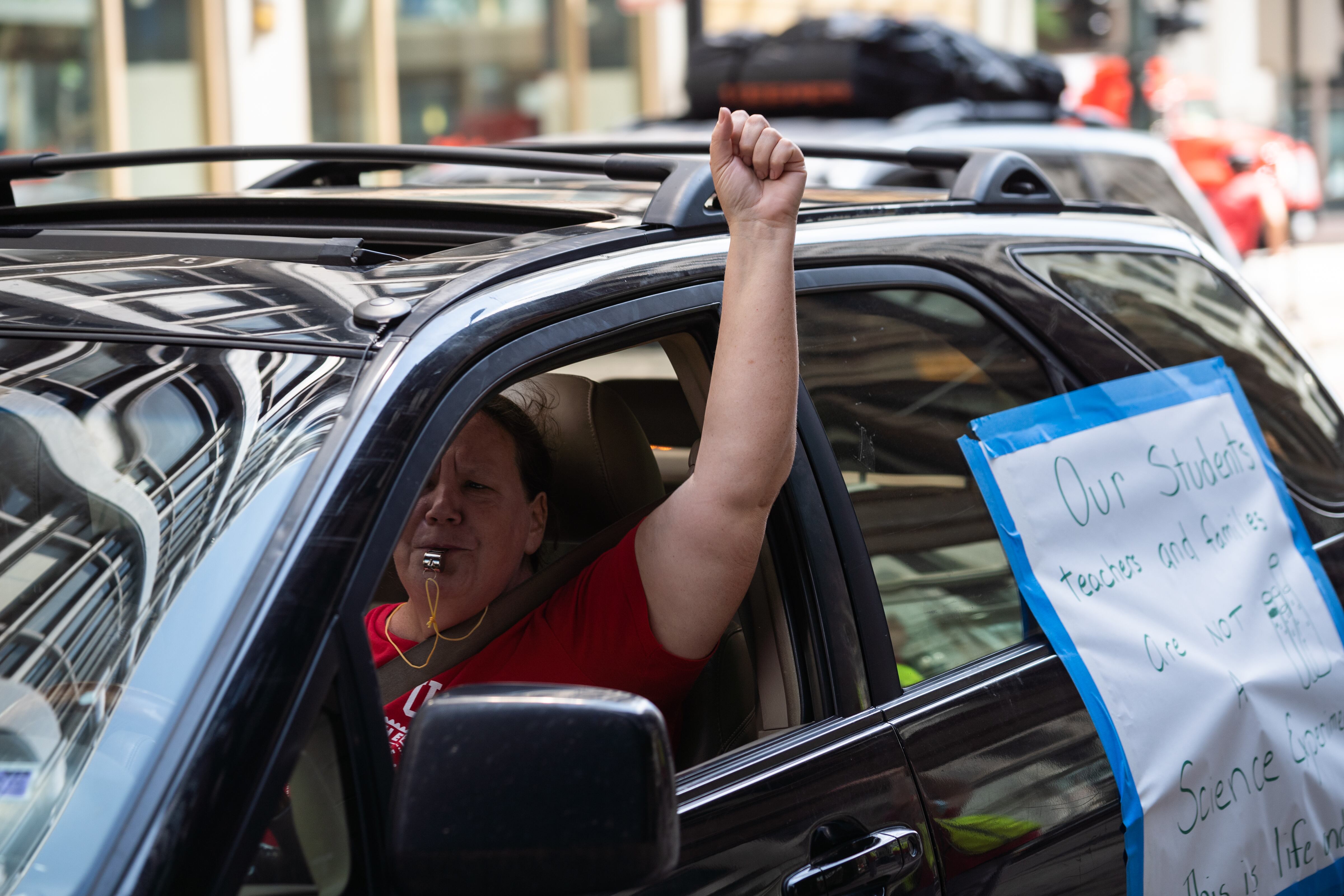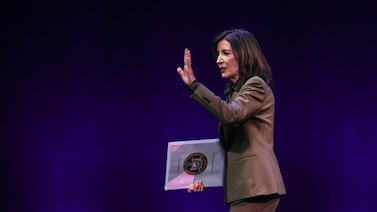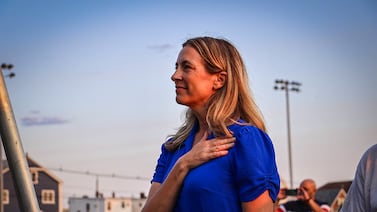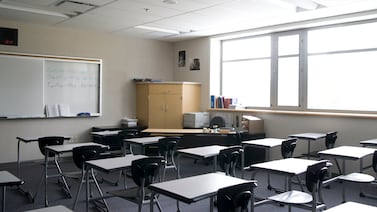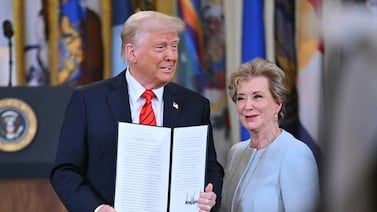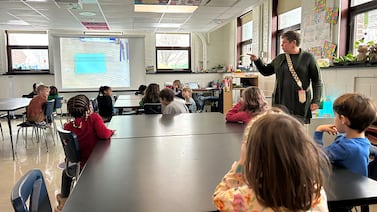The nation’s second-largest teachers union says it will support strikes over teacher safety as heated discussions continue about whether and how to reopen schools for in-person instruction this fall.
It’s a symbolic move, and many teachers unions lack the legal ability to strike in a traditional way. But it’s the clearest signal yet that the unions will be a major force in school reopening decisions and are readying to block proposals they feel don’t go far enough to protect educators — which could further politicize the national debate over school reopening.
“If the authorities don’t get it right, and they don’t protect the safety and health of those we represent and those we serve, nothing is off the table — not advocacy or protests, negotiations, grievances or lawsuits, or, if necessary as a last resort, safety strikes,” said Randi Weingarten, the head of the American Federation of Teachers, at the union’s biennial convention on Tuesday.
A resolution, passed by the AFT’s executive council, says the union would back local or state-led teachers strikes over educator health and safety during the pandemic “on a case-by-case basis” and “as a last resort.” It’s an extension of rhetoric Weingarten has used for months, but marks the first time the union has explicitly endorsed teachers strikes as a tactic.
Already, the AFT and the National Education Association, the largest national teachers union, have supported a lawsuit against Florida’s governor and education commissioner, who have ordered schools to offer five days a week of in-person instruction to families who want it. Several large districts in Florida, where COVID-19 cases have continued to rise, have announced their intention to start the year fully remotely anyway.
Teachers have been pushing back against reopening plans in several other parts of the country, arguing that returning to school buildings will be unsafe for teachers and students.
In New York City, a caucus of the teachers union that often fights for social justice issues has asked teachers to protest and is floating a sickout. In Detroit, teachers took part in a demonstration against in-person summer school that blocked buses earlier this month. In Memphis, educators gathered last week for a socially-distanced protest in front of the district’s central office.
Several of the nation’s most vocal teachers unions, including those in Los Angeles, Chicago, Boston, and Milwaukee are planning to join a national “day of resistance” on Aug. 3. They’re calling on schools not to reopen for in-person instruction “until the scientific data supports it,” and for health and safety measures to be in place when schools do reopen, including smaller class sizes.
In recent days, the Chicago Teachers Union, which has said it wouldn’t rule out a strike over educator safety, launched a public social media campaign calling on the Chicago school district to answer educators’ questions about its plans to offer some in-person instruction this fall.
But that activism has been tempered by the reality that many schools don’t plan to re-open for in-person learning quickly, and other districts haven’t yet revealed the details of their plans.
Polls show that parents — particularly Black and Latino parents — are also wary of reopening schools. But at the same time, sustained teacher opposition could squelch efforts to offer in-person instruction even in places where the virus caseloads are lower, which could leave some vulnerable students and families without the in-classroom learning they want.
Exactly how risky returning to school buildings will be is also a complicated question. Public health experts are largely in agreement that schools should not reopen their doors in places where the coronavirus is spreading rapidly through a community. Federal officials acknowledged last week that schools may need to stay closed in “hot spots,” which the head of the Centers for Disease Control and Prevention defined as places with testing positivity rates over 5% — a threshold currently exceeded by many states, particularly in the South and West.
In places where the virus is under control, pediatricians and health officials say it’s important for students to return to classrooms, with plans designed to keep staffers safe, since adults are at higher risk of getting severely ill from COVID-19. School districts are now working out exactly what kinds of health and safety protections they will be able to provide, how they will accommodate older teachers and teachers with health concerns, and how to keep students at a safe distance from one another.
Answers are likely to depend on how much space districts have to spread out students and staff and how much money Congress sends to school districts to help pay for new coronavirus-related costs — and if any of it will be conditioned on offering in-person instruction, which could create an incentive to reopen more quickly.
Teachers unions have been at the table in many districts considering those issues. The question now is whether educators will find what districts come up with to be acceptable — and if not, whether they will be willing to strike or take other labor action.
Kisha Borden, the head of San Diego’s teachers union, has said she thinks this moment has the potential to carry on the momentum of the Red for Ed movement, in which teachers led walkouts and protests for higher pay and more school funding.
“You would see teachers standing up, putting their foot down and saying, ‘No, I’m not going to put my life at risk,’” she said earlier this month.
Sarah Darville contributed reporting.

